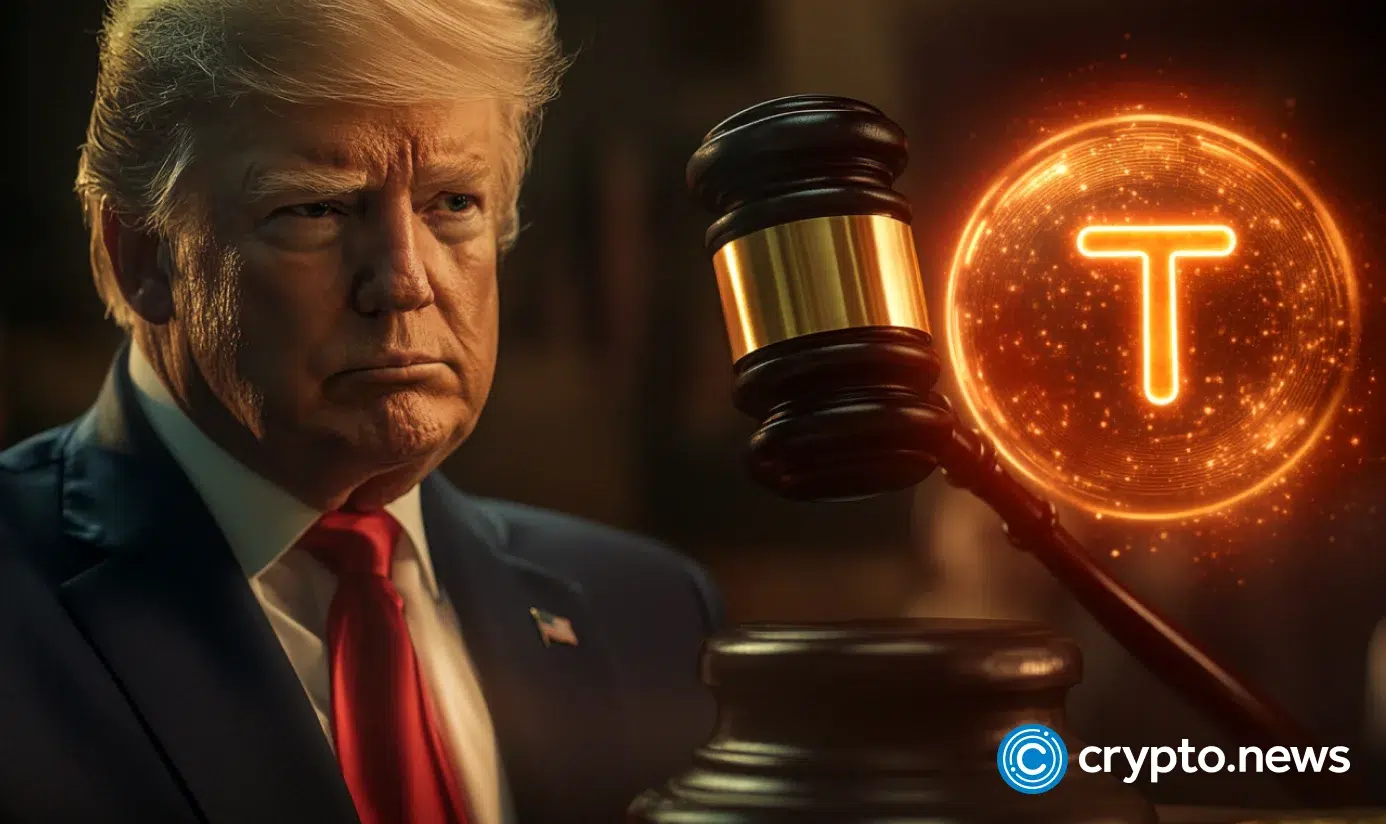Four tools at the Trump administration’s disposal after a U.S. court blocks tariffs
U.S. President Donald Trump is expected to find a workaround after suffering a major blow to a core part of his economic agenda.

US President Donald Trump prepares to sign executive orders in the Oval Office of the White House in Washington, DC, on May 23, 2025.
Mandel Ngan | Afp | Getty Images
U.S. President Donald Trump is expected to find a workaround after suffering a major blow to a core part of his economic agenda.
The U.S. Court of International Trade on Wednesday ruled that the president had overstepped his authority by invoking the International Emergency Economic Powers Act (IEEPA) to impose sweeping tariffs on numerous countries.
The Manhattan-based court not only ordered a permanent halt to most of Trump's tariffs, but also barred any future modifications to them.
A panel of three judges gave the White House 10 days to complete the formal process of halting the tariffs. The Trump administration swiftly appealed the ruling.
Economists at Goldman Sachs said the White House has a few tools at its disposal that could ensure it is only a temporary problem.
"This ruling represents a setback for the administration's tariff plans and increases uncertainty but might not change the final outcome for most major US trading partners," analysts at Goldman Sachs said in a research note.
"For now, we expect the Trump administration will find other ways to impose tariffs," they added.
Options on the table
The Wall Street bank said the ruling blocks the 10% baseline tariff imposed by Trump on most imports, as well as the additional tariffs on China, Canada and Mexico – but not sectoral tariffs, such as those imposed on steel, aluminum and autos.
The Trump administration does have other legal means of imposing tariffs, however, according to Goldman. These include Section 122 of the Trade Act of 1974, Section 301 and Section 338 of the Trade Act of 1930.
Section 122 does not require a formal investigation and could therefore be one of the swiftest ways to get around the court roadblock.
"The administration could quickly replace the 10% across-the-board tariff with a similar tariff of up to 15% under Sec. 122," analysts at Goldman said. They noted, however, that such a move would only last for up to 150 days after which law requires Congressional action.
Trump could also swiftly launch Section 301 investigations on key U.S. trading partners, laying the bureaucratic groundwork for tariffs, although Goldman said that this process will likely take several weeks at a minimum.
Section 232 tariffs, which are already in place for steel, aluminum and auto imports, could also be broadened to other sectors, while Section 338 allows the president to impose levies of up to 50% on imports from countries that discriminate against the U.S.
Goldman noted that the latter has not been used before.
What about the Supreme Court?
James Ransdell, partner at the law firm Cassidy Levy Kent, said the court opinion marks the first of many other cases still pending — and the first substantive opinion out of federal court "to really address the meat of the plaintiffs challenge."
Ransdell said the speed of the Trump administration's appeal was "very unusual" and suggests the government could be working through the night to prepare its motion for an emergency stay of the order.
He added that it was "certainly a possibility" that the Supreme Court could end up having the last say.
"There is not a lot of precedent on this particular statute and on similar actions by the president so there might be an interest that the Supreme Court has in taking this up," Ransdell told CNBC's "The China Connection" on Thursday.
Traders work on the floor of the New York Stock Exchange during morning trading on May 27, 2025 in New York City.
Michael M. Santiago | Getty Images
Steven Blitz, chief U.S. economist at TS Lombard, said Trump had a "very good" level of understanding of how to play the courts to get what he wants in terms of playing for time.
"The first thing he will probably do is an emergency appeal to the Supreme Court … wanting to get a ruling from them that basically says you can keep these tariffs in place while the appeals process runs through," Blitz said Thursday.
"This king-like executive order was always going to, at some point, going to run into the courts … The difference between being a monarchy and being a constitutional democracy is the legal system," he added.

 JimMin
JimMin 































